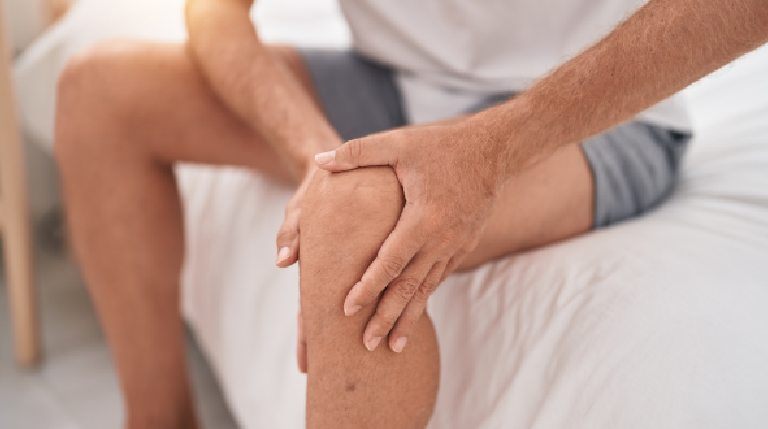Knee replacement surgery, also known as knee arthroplasty, is a widely recognized and effective procedure that alleviates chronic pain and restores function to those suffering from severe knee arthritis or other knee conditions. As with any major surgery, patients may experience a range of sensations following their procedure. One such sensation is the feeling of “mechanical” or “artificial” movement in the replaced joint. In this blog, we will delve into the world of mechanical sensations post-knee replacement, supported by relevant data from India and around the globe and insights from credible medical journals.
The Prevalence of Knee Replacement Surgery: According to a study published in The Lancet, the number of knee replacements performed worldwide has significantly increased in recent years. In India alone, it is estimated that more than 100,000 knee replacement surgeries are conducted annually (Medindia, 2020). This growth in demand is primarily due to an ageing population and the rising prevalence of osteoarthritis, obesity, and other related health issues (Sharma et al., 2016).
Understanding Mechanical Sensations Post-Surgery: Mechanical sensations after knee replacement surgery are common. A study published in The Journal of Bone and Joint Surgery found that approximately 49% of patients reported experiencing some form of mechanical sensation within the first year of their surgery (Bourne et al., 2008). These sensations can manifest as clicking, popping, or a sense of artificiality when bending or moving the knee. They are often attributed to the presence of the prosthetic components and the adaptation of the surrounding soft tissues.
Factors Influencing Mechanical Sensations: Several factors can contribute to the development of mechanical sensations after knee replacement surgery. Some of these factors include:
- Prosthesis Design: Different prosthetic designs can influence the mechanical sensations experienced by patients. For example, some studies have reported that mobile-bearing prostheses, which allow for a greater range of motion, can produce a more natural feeling than fixed-bearing prostheses (Argenson et al., 2013).
- Surgical Technique: The surgical technique employed during knee replacement can impact the sensation experienced post-surgery. Precise alignment and balancing of the prosthetic components are crucial to reducing the occurrence of mechanical sensations (Lombardi et al., 2011).
- Patient Factors: Individual factors such as age, weight, activity level, and the extent of the knee joint’s pre-existing damage can all play a role in determining the intensity and duration of mechanical sensations post-surgery (Higuera et al., 2009).
Addressing Mechanical Sensations: In most cases, mechanical sensations following knee replacement surgery are temporary and decrease over time as the patient’s body adjusts to the new joint. However, if the sensations persist or worsen, it is essential to consult the operating surgeon for further evaluation and management. Mechanical sensations after knee replacement surgery are a common and often temporary occurrence. Understanding the factors influencing these sensations and staying informed about the potential ways to address them can help patients navigate their post-operative journey more comfortably. As always, it is crucial to maintain open communication with your healthcare provider to ensure the best possible outcome for your knee replacement journey.

